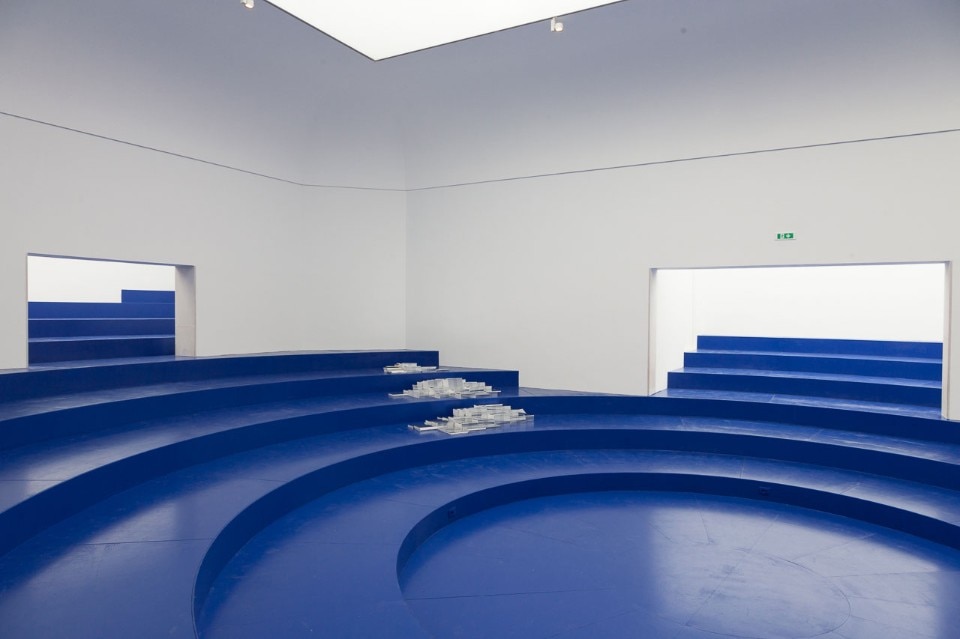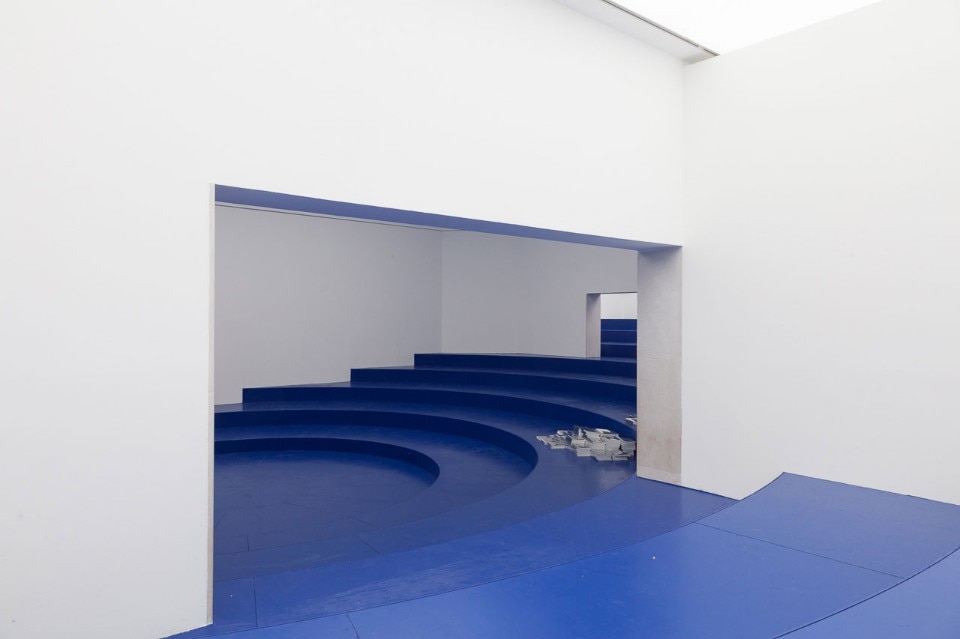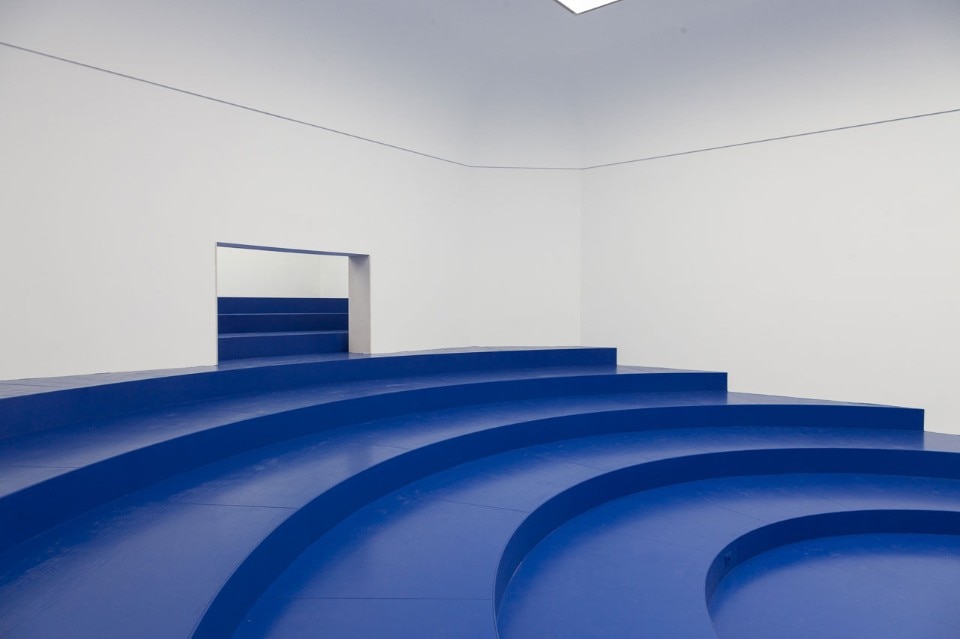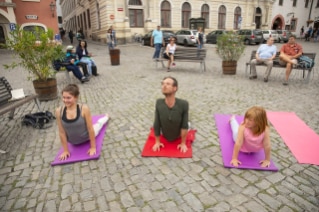By choosing Freespace as title for the 16th International Architecture Exhibition of La Biennale di Venezia, Irish architectsYvonne Farrell and Shelley McNamaramade sure that they would tackle a theme that was wide enough to encompass all sorts of political and social concerns of contemporary architecture and culture in general. And if, during the 2018 Biennale opening days, many criticized the exaggerated openness of the theme and the lack of focus of the main exhibition, two national pavilions took Freespace as a departure point to discuss the contemporary condition of Europe, almost two years after the referendum which sanctioned the prospective withdrawal of the United Kingdom (UK) from the European Union (EU). On the one hand, Island, the British pavilion embraced themes including “abandonment and reconstruction, sanctuary and isolation, colonialism, climate change and our current political situation” whilst, on the other hand, with Eurotopie, the Belgians made a comment on the remaining of Europe.

 View gallery
View gallery
“An island can be a place of refuge or exile”, state architects Adam Caruso and Peter St John as well as artist Marcus Taylor, all three curators of this year’s Biennale British pavilion. With simple but highly effective strategies, they question the role of Britain within Europe and the condition of a country, which will soon become a little island on the edge of the continent. The space inside the pavilion is left empty, a sort of ghost bearing the marks of previous exhibitions. Outside, scaffoldings suggest a state of change – reconstruction and restoration – and allow access to a new platform, built at roof level. Made of wood with grey and brown weaving patter, the platform suggests a new and optimistic beginning, forward looking while acknowledging the past. It offers stunning views on the lagoon and the Giardini and provides space for events or impromptu encounters. And following British tradition, tea is served on the platform, at four pm, everyday. In the middle of the platform, the roof emerges, like and island, offering a poignant metaphor (especially when seen from above) of the current climate of constant uncertainty that reigns in Britain today. Inspired by Shakespeare’s The Tempest, Caruso St John subtlety yet beautifully suggests that Brexit is akin a shipwreck.

 View gallery
View gallery
On the other side of the Giardini, Belgium, still well at the centre of Europe, presents a pavilion with an equally laconic title: Eurotopie, which acts as a sanctuary where citizens are building the new Europe. In an immaculately white pavilion, the curators, Traumnovelle (Manuel León Fanjul, Léone Drapeaud and Johnny Leya), together withRoxane Le Grelle, build an agora space in ultramarine (European) blue. This space of discussion is intended to serve as a small amphitheatre to address the issues and challenges tackled by the European Union. During the opening weekend Belgian practitioners and politicians debated the state of architecture in their home country. But the space equally questions the very essence of what is an architecture exhibition; it is participatory and changes through its installation the relation one has to the actual pavilion.
Pavilions that propose a strong statement, often using simple apparatus to make a political comment, have always been very popular at the Venice Biennale. In 2003, Spanish artist Santiago Sierra with Palabra Tapada, covered the word “Spain” from his country’s pavilion while placing a security guard at the gate of the building, solely allowing in visitors holding a Spanish passport. And those who could enter the pavilion only found remnants of past exhibitions. A few years later, in 2008, Office Kersten Geers David Van Severen presented From 1907… After the Partyat the Belgian pavilion. They enclosed the traditional pavilion with a seven-meter high wall –composed of standard Italian scaffolding – separating the classical architecture of the pavilion from the temporary and more contemporary aspect of the scaffolding. The floor was covered with a layer of confetti, as if a party had just finished. With this beautiful piece, the Belgian architects suggested that the urge behind architecture is not to be exhibited, but to be built.
But to be truly effective, these kinds of interventions need to be extremely well crafted and realised. If Caruso St John, with their poetic constructive sensibility, managed to create a deck that is both very simple and utterly elegant, the Belgians, a much younger team of architects with very little building experience, did not, it seems, control all the details of their otherwise powerful intervention. On a hot day, the temperature inside the Belgian pavilion becomes unbearable, making it quit difficult to hang around for a forum like discussion.
Europe is in crisis and the Biennale’s Giardini offers a geo-political representation of a world that is now long gone. Yet, by a simple modification of the British Pavilion and by offering a new perspective on the garden’s landscape, architects Caruso St John truly put architecture at the service of politics. They won a special mention, yet most probably deserved a Lion.
- Pavilion of Belgium:
- Eurotopie
- Curators:
- Traumnovelle and Roxane Le Grelle
- Pavilion of Great Britain:
- Island
- Curators:
- Caruso St John Architects, Marcus Taylor
- Opening dates:
- 26 May – 25 November 2018





































